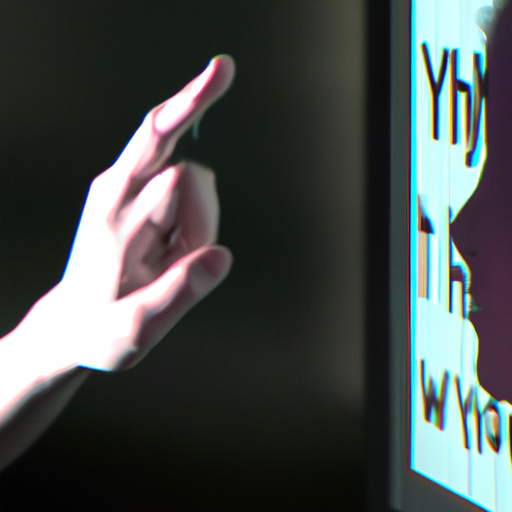Yaws is a tropical disease that primarily affects children living in impoverished areas of Africa, Asia, and the Pacific. It is caused by the bacterium Treponema pallidum pertenue and is characterized by painless, raised lesions on the skin, bone and joint pain, fever, and swollen lymph nodes. In this article, we will explore the symptoms, causes, and treatment options for yaws, as well as provide valuable insights into this often overlooked disease.
Painless, Raised Lesions: The Visible Signs of Yaws
One of the most distinctive features of yaws is the presence of painless, raised lesions on the skin. These lesions typically start as small, red bumps that gradually enlarge and develop a crusty surface. They can appear anywhere on the body but are most commonly found on the face, arms, legs, and buttocks.
It is important to note that yaws lesions are not itchy or painful, which can make them easily overlooked or mistaken for other skin conditions. However, if left untreated, these lesions can progress and cause more severe symptoms.
Skin Rash: A Widespread Manifestation of Yaws
In addition to the raised lesions, yaws can also cause a widespread skin rash. This rash often starts as small, red spots that gradually spread and merge together, resulting in a patchy appearance. The rash can be itchy and may cause discomfort, especially in hot and humid climates.
It is crucial to seek medical attention if you notice any unusual skin rash, as it could be a sign of yaws or another underlying condition. Early diagnosis and treatment are essential to prevent the disease from progressing and causing further complications.
Bone and Joint Pain: A Silent Symptom of Yaws
Yaws can also affect the bones and joints, leading to pain and discomfort. This symptom is more common in the later stages of the disease and can significantly impact a person’s mobility and quality of life.
If left untreated, yaws can cause bone deformities and joint destruction, making it difficult for individuals to perform daily activities. Therefore, it is crucial to seek medical attention if you experience persistent bone and joint pain, especially if you have a history of yaws or live in an endemic area.
Fever: A Common Indicator of Yaws
Like many infectious diseases, yaws can cause fever as the body’s immune system responds to the bacterial infection. Fever is often accompanied by other flu-like symptoms, such as fatigue, headache, and muscle aches.
If you or your child experiences an unexplained fever, it is essential to monitor the symptoms and seek medical advice if they persist or worsen. Early detection and treatment of yaws can help prevent the spread of the disease and minimize its impact on individuals and communities.
Swollen Lymph Nodes: A Sign of Yaws Infection
Yaws can also cause swelling of the lymph nodes, which are small, bean-shaped structures that play a crucial role in the body’s immune response. Swollen lymph nodes are often tender to the touch and can be felt under the skin in areas such as the neck, armpits, and groin.
If you notice any unusual swelling or tenderness in your lymph nodes, it is important to consult a healthcare professional. Swollen lymph nodes can be a sign of various infections, including yaws, and require proper diagnosis and treatment.
Treatment and Prevention: Curing Yaws
Fortunately, yaws can be effectively treated with a course of antibiotics, such as penicillin or azithromycin. Early diagnosis and treatment are crucial to prevent the disease from progressing and causing long-term complications.
In addition to treatment, prevention plays a vital role in controlling the spread of yaws. Here are some essential tips to prevent yaws infection:
- Practice good personal hygiene, including regular handwashing with soap and water.
- Avoid close contact with individuals who have active yaws lesions or symptoms.
- Ensure access to clean water and sanitation facilities to promote overall hygiene.
- Encourage the use of protective clothing, such as long sleeves and pants, to minimize skin exposure.
- Implement community-wide treatment programs to identify and treat yaws cases promptly.
By following these preventive measures and seeking timely treatment, yaws can be effectively controlled and eventually eliminated in endemic areas.
In Conclusion
Yaws is a neglected tropical disease that primarily affects children in impoverished regions. It is characterized by painless, raised lesions, skin rash, bone and joint pain, fever, and swollen lymph nodes. Early diagnosis and treatment are crucial to prevent the disease from progressing and causing long-term complications.
By raising awareness about yaws and implementing effective prevention and treatment strategies, we can work towards eliminating this debilitating disease and improving the health and well-being of affected communities.








